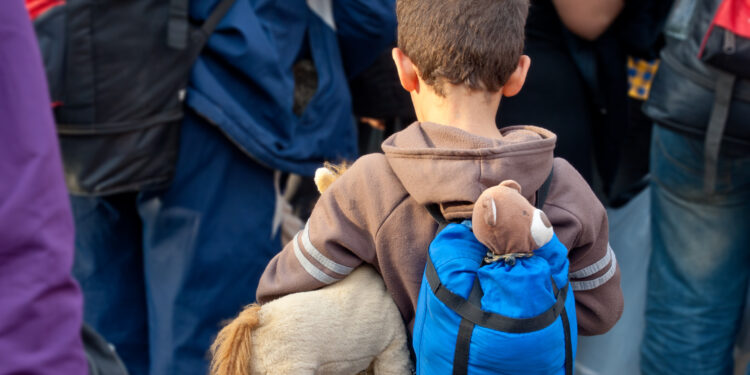On Tuesday, August 20th, New York State officials granted permission to New York City to begin enforcing a 60-day shelter limit for migrant families. The new policy could lead to widespread stay limits from shelters overseen by the Department of Homeless Services (DHS). The decision comes amid increasing pressure on the city’s shelter system, which is currently housing approximately 30,000 migrant parents and children.
The 60-day limit was first introduced in January 2024 as part of Mayor Eric Adams’ strategy to manage the city’s migrant-shelter population, which has surged to around 65,000 people. While the policy had initially been applied to shelters managed by other city agencies, DHS shelters were exempt until now. This recent extension of the policy has drawn criticism from advocates who argue that it will cause severe disruptions for vulnerable families, particularly those with children who are just beginning to establish roots in local schools and communities.
City officials, however, defend the time limits as a necessary measure to reduce shelter overcrowding and control costs, which have ballooned to over $4 billion due to the influx of new arrivals. Deputy Mayor Anne Williams-Isom referred to the notices as “time limits” rather than evictions, emphasizing that families have the option to reapply for shelter at the Roosevelt Hotel, the city’s main intake center for migrants if they are unable to find alternative accommodations.
The policy has already sparked concern among shelter providers and advocacy groups. During a recent call with city officials, shelter providers expressed alarm over the implications of the new rules, particularly regarding the fate of children who may be uprooted from their schools and communities. A flier distributed to shelter residents this week advised families to start planning their exit from the shelters, though it provided little guidance on how to navigate the reapplication process or access other forms of assistance.
Advocates for the homeless and migrant communities, including the NY Sane Coalition, have condemned the new shelter limit rule as “shortsighted” and ineffective in addressing the root causes of homelessness. They argue that the policy fails to consider the significant barriers that prevent families from moving out of shelters, such as the lack of affordable housing and employment opportunities. Critics also warn that the policy could exacerbate the city’s homelessness crisis, pushing families into even more precarious situations.
As the policy begins to take effect, its impact on the lives of thousands of migrant families remains uncertain. With the first shelter limit notices expected to be issued in the coming months, the city will need to balance the urgent need to manage its shelter system with the responsibility to protect some of its most vulnerable residents. The rollout of the new policy will be closely watched as it unfolds, with advocates continuing to call for more humane and sustainable solutions to the city’s ongoing migrant housing challenges.










